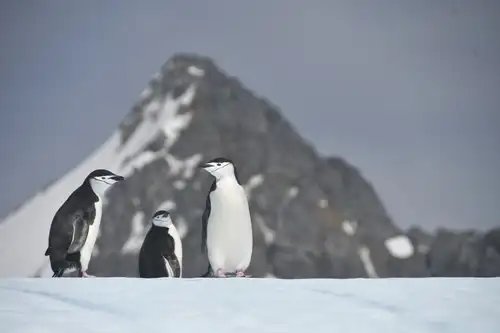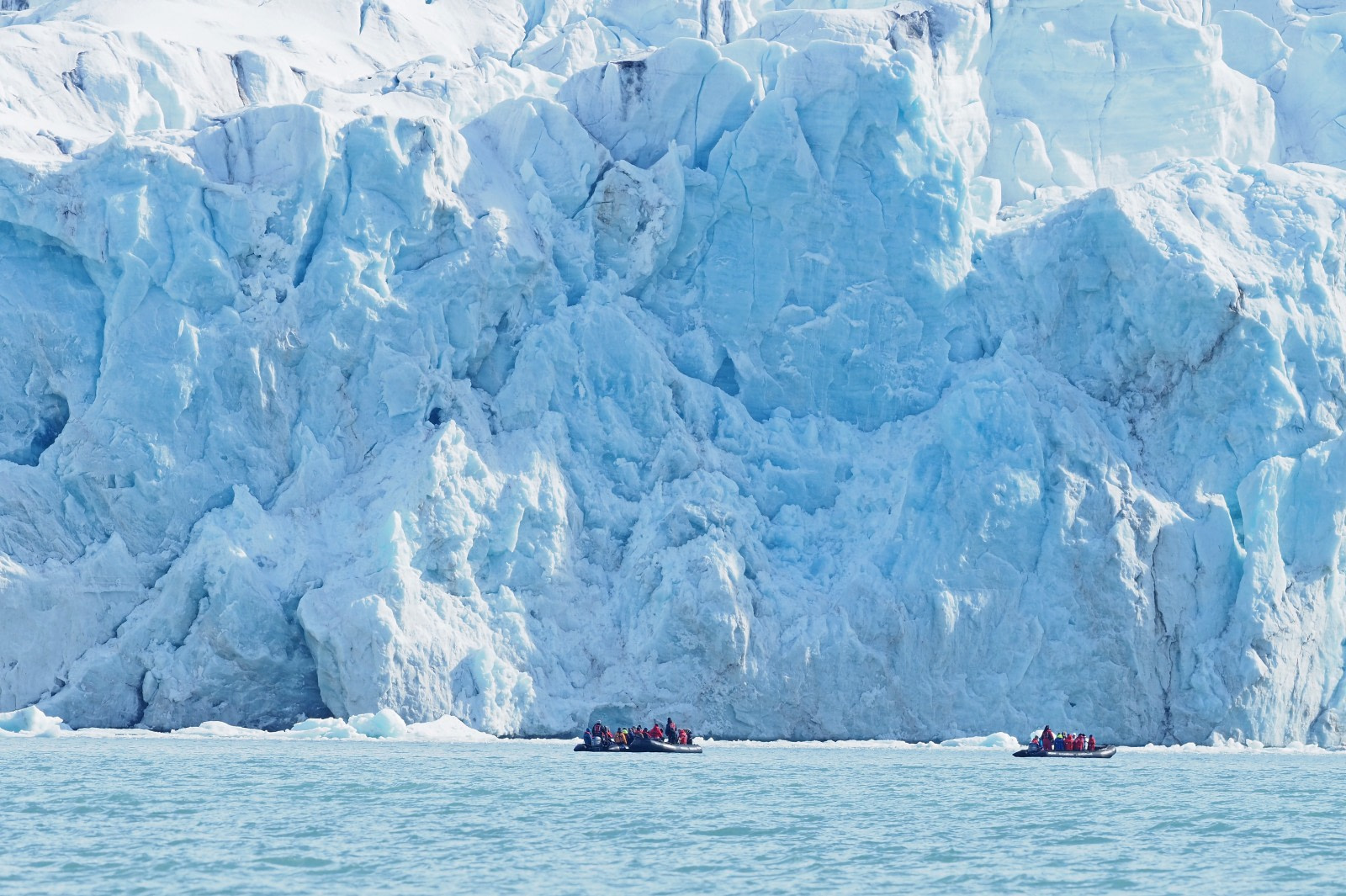Ice plays a crucial role in everything from cooling your drink to regulating the planet's temperature. Let's explore the various forms of ice you might encounter during an Arctic or Antarctic adventure.
Ablation refers to the loss of ice or snow from an area due to evaporation, erosion, or melting.
Bergy bits are small pieces of floating ice that have broken off from icebergs, ice shelves, or glaciers. They measure between 1 and 5 meters in height and cover an area of 100 to 300 square meters.
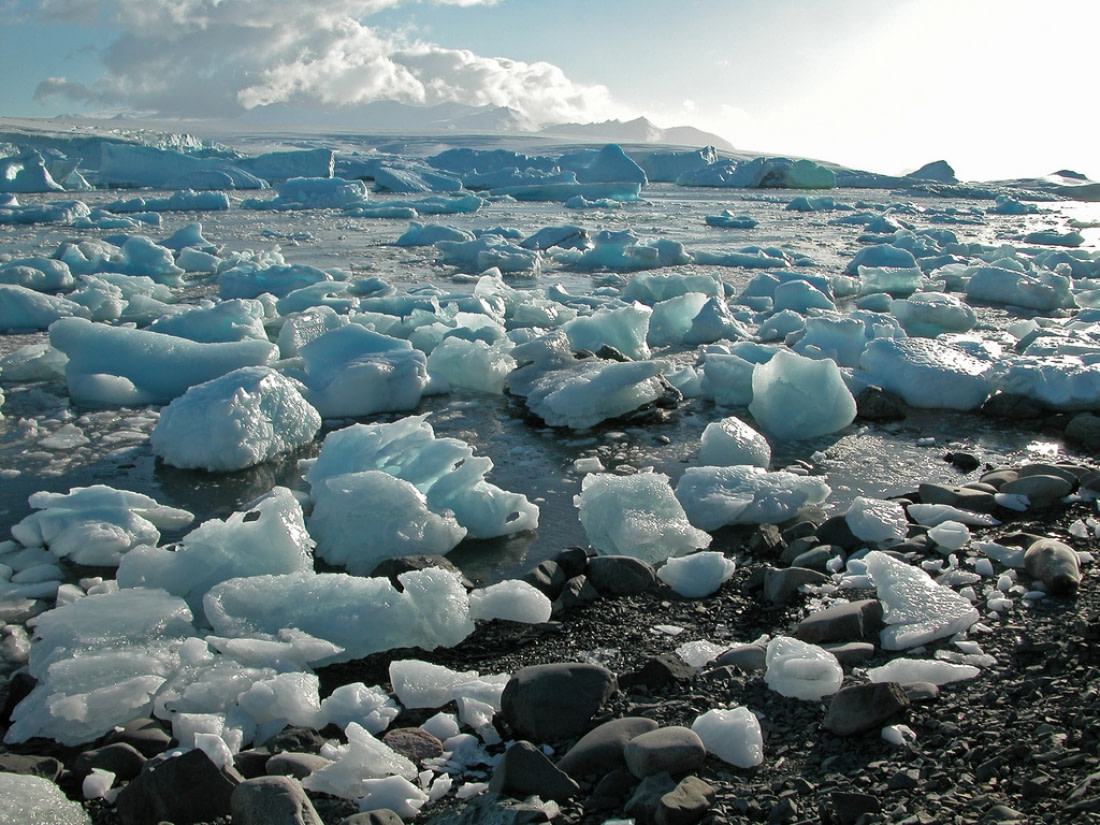
Brash ice forms when ice floes or pack ice break into smaller chunks. These pieces are generally less than 3 meters thick and 2 meters in diameter.
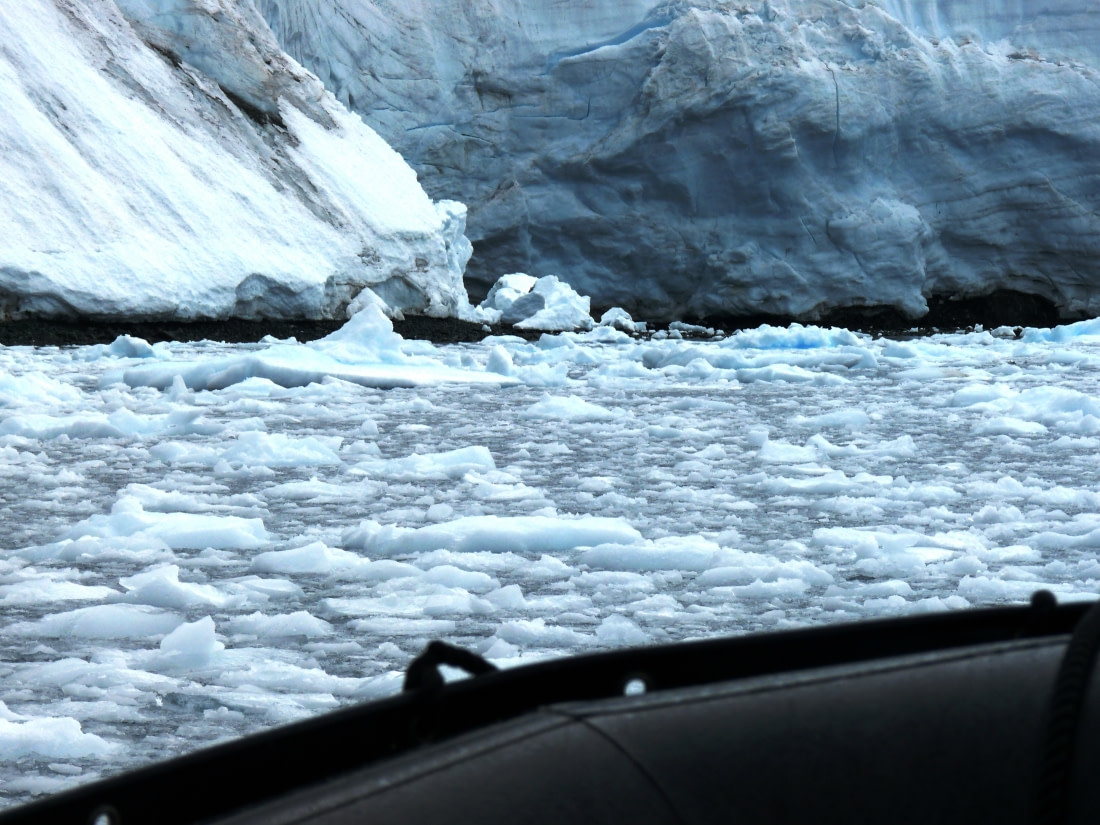
Calving is the process where chunks of ice break off from icebergs, ice shelves, or glaciers to form smaller ice bodies like bergy bits.
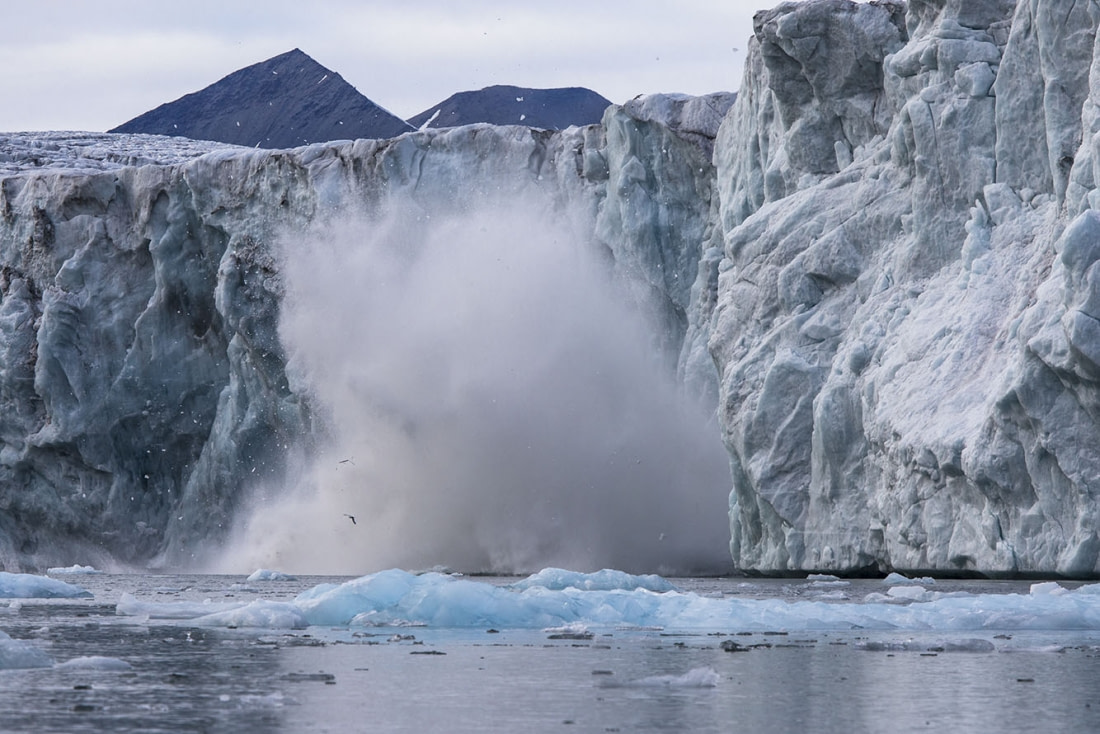
A crack is a slim cleavage in a piece of ice.
A crevasse is a larger split found in glaciers, often indicating that an iceberg is about to calve from a glacier section.
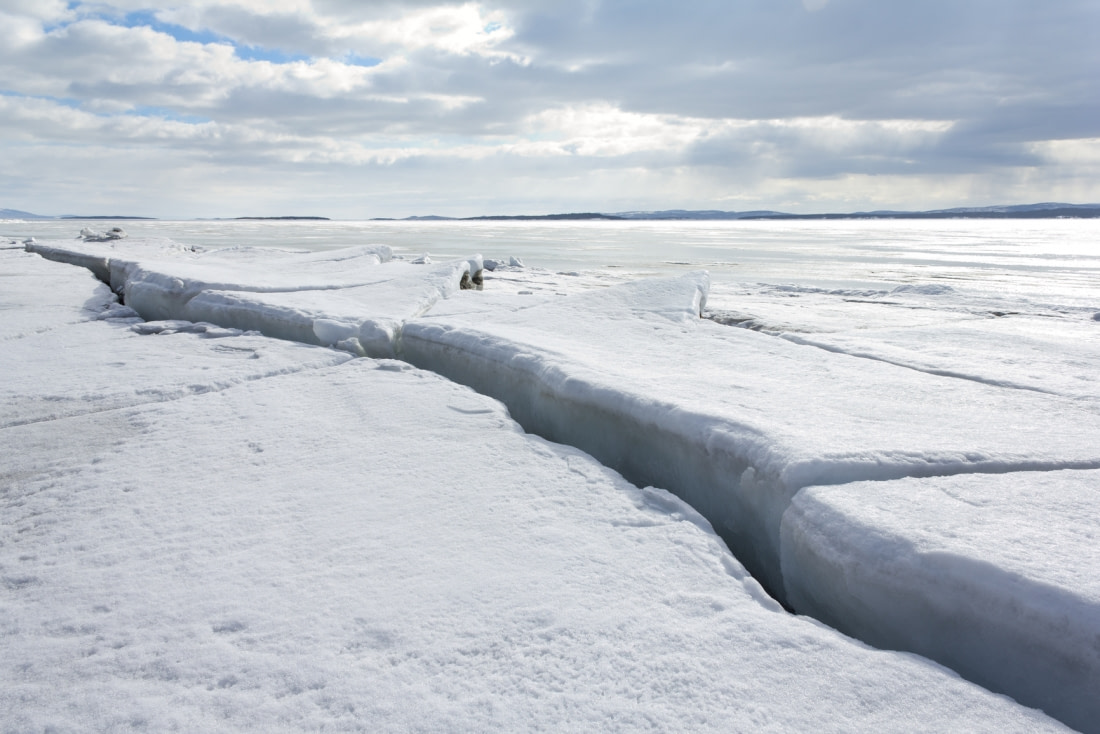
Fast ice is ice that remains attached to the land and does not drift away. It can support temporary housing stations, aircraft, and more.
A floe is a piece of pack ice that has broken away and floats independently. Floes are categorized by size:
- Small (less than 100 meters wide)
- Medium (less than 300 meters)
- Large (less than 2 kilometers)
- Vast (less than 10 kilometers)
- Giant (greater than 10 kilometers wide)
Frazil ice forms when ice first starts to develop on ocean waters, resembling a slushy mix of ice needles. As it freezes, it becomes known as grease ice due to its greasy appearance on the water.
A glacier is a large body of ice found on land, slowly moving down mountains or across landscapes. One of the fastest-moving glaciers is the Jakobshavn Glacier in Greenland, which flows at about 20 meters per day.
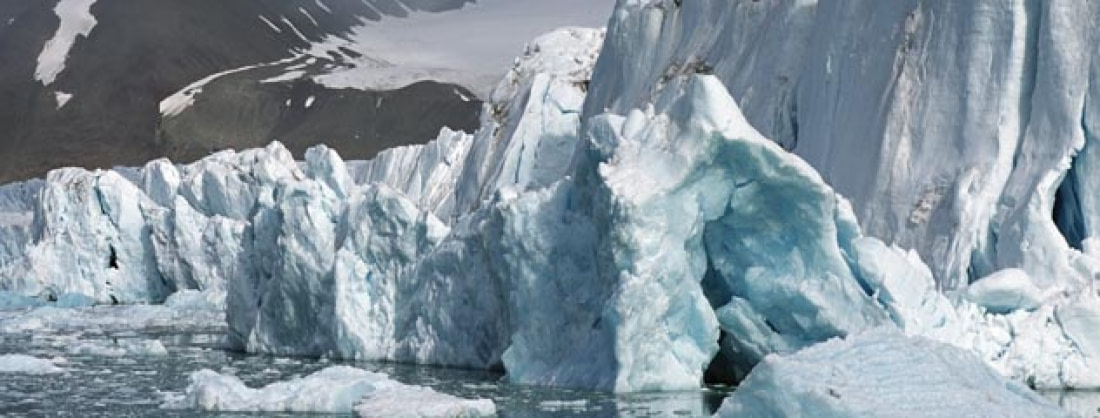
Glaciers can be further classified by their location or shape, such as continental glaciers that resemble domes or alpine glaciers that flow down valleys.
Glacier tongues are glaciers that extend into the water while remaining attached to land.

Grease ice – see frazil ice above.
Growlers are small floating ice bodies, less than 1 meter in height and covering an area of no more than 20 square meters.
Hummocky ice consists of small mounds of ice that rise above a field of ice due to pressure.
Icebergs are large floating masses of freshwater ice, with only about 20% visible above the water. To be classified as an iceberg, the ice must rise at least 5 meters above the water and cover an area of at least 500 square meters. Icebergs can weigh from hundreds of tonnes to billions of tonnes.
Types of icebergs include:
- Dome icebergs with rounded tops.
- Pinnacled icebergs with pointy tops.
- Sloping icebergs with angled but relatively flat tops.
- Tabular icebergs with flat tops and steep sides.
- Weathered icebergs sculpted by the weather into various shapes.
Ice blinks are reflections of light bouncing off a field of ice onto the bottom of clouds.
Ice caps are massive sheets of ice covering up to 50,000 square kilometers.
An ice edge is where the water meets the ice.
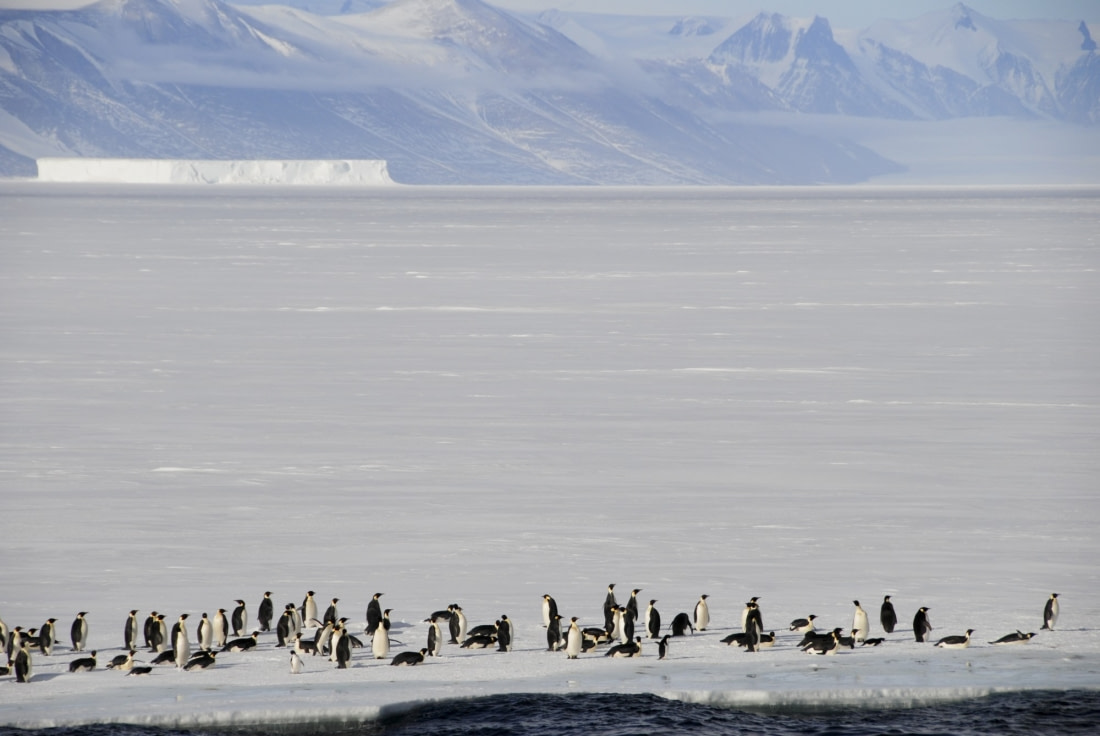
An ice front is a shelf of ice or a floating glacier rising up to 50 meters above the water's surface.
Ice shelves are sheets of ice that float on water but remain attached to land. They can be over a thousand kilometers thick, rise up to 50 kilometers above the water, and extend hundreds of kilometers along a coastline.
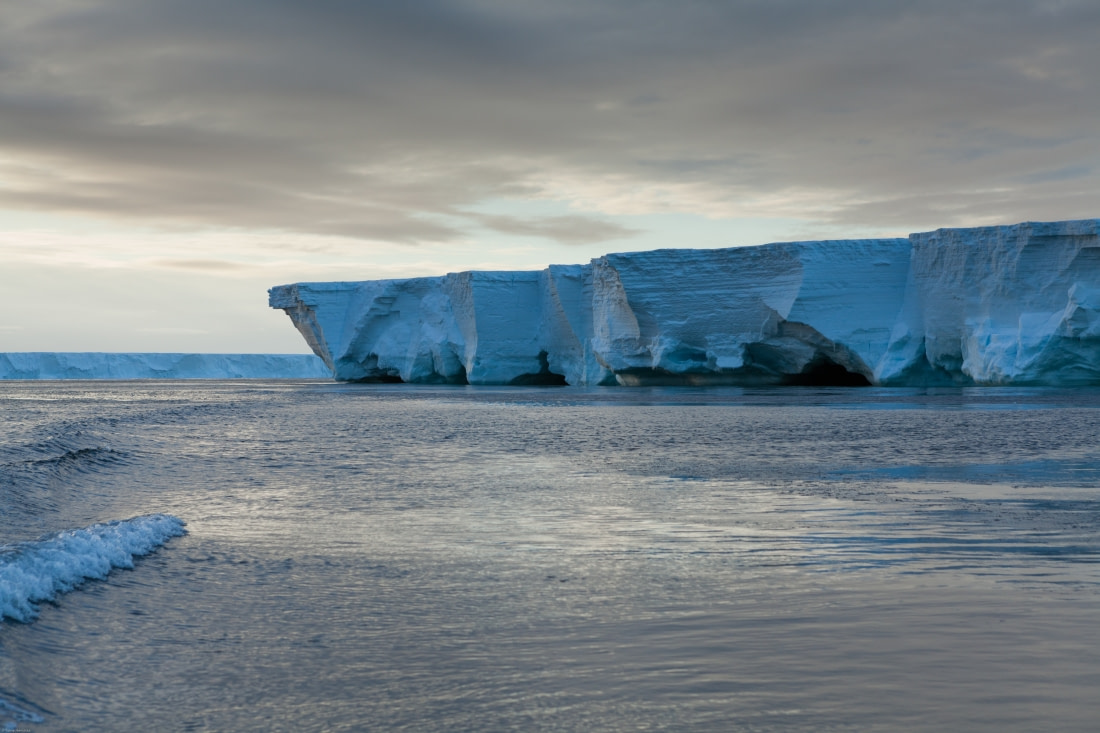
Ice tongues are sections of ice that extend into the water while remaining attached to land.
Leads are openings in pack ice that ships can navigate through, hoping the ice won't close up before they reach the other side.
Moraines are rocky debris left behind by a glacier. A terminal moraine marks the point where a glacier stopped advancing and began to retreat.
Nilas is the sludge on its way to becoming solid ice, still containing a lot of saltwater and moving with ocean waves.
Nunatak refers to rocky formations like mountains that protrude above glaciers.
Pack ice consists of chunks of ice forming a continuous coverage over a section of water. "Open pack ice" means less than 60% ice coverage, "close pack ice" means up to 80%, and "very close pack ice" means 90%. "Consolidated pack ice" means no visible water, indicating a ship might be stuck for a while.
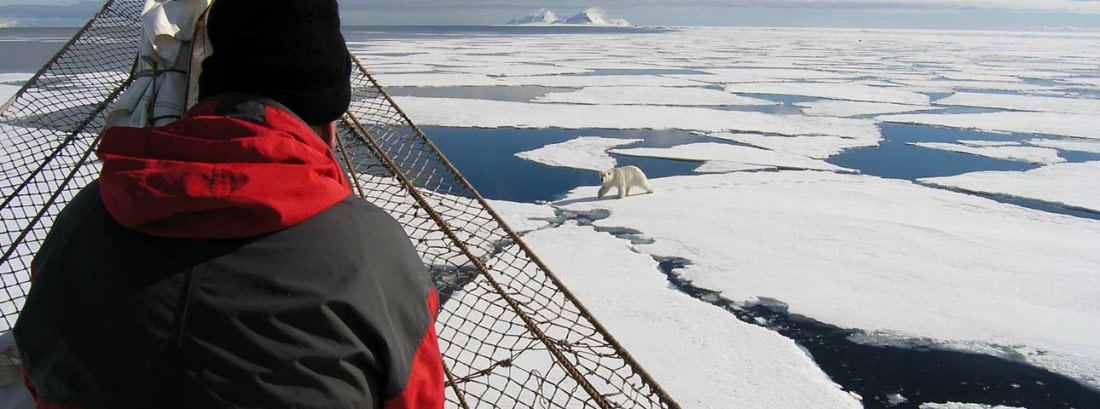
Pancake ice forms when wind and water push roundish bits of ice against each other, turning up the edges.
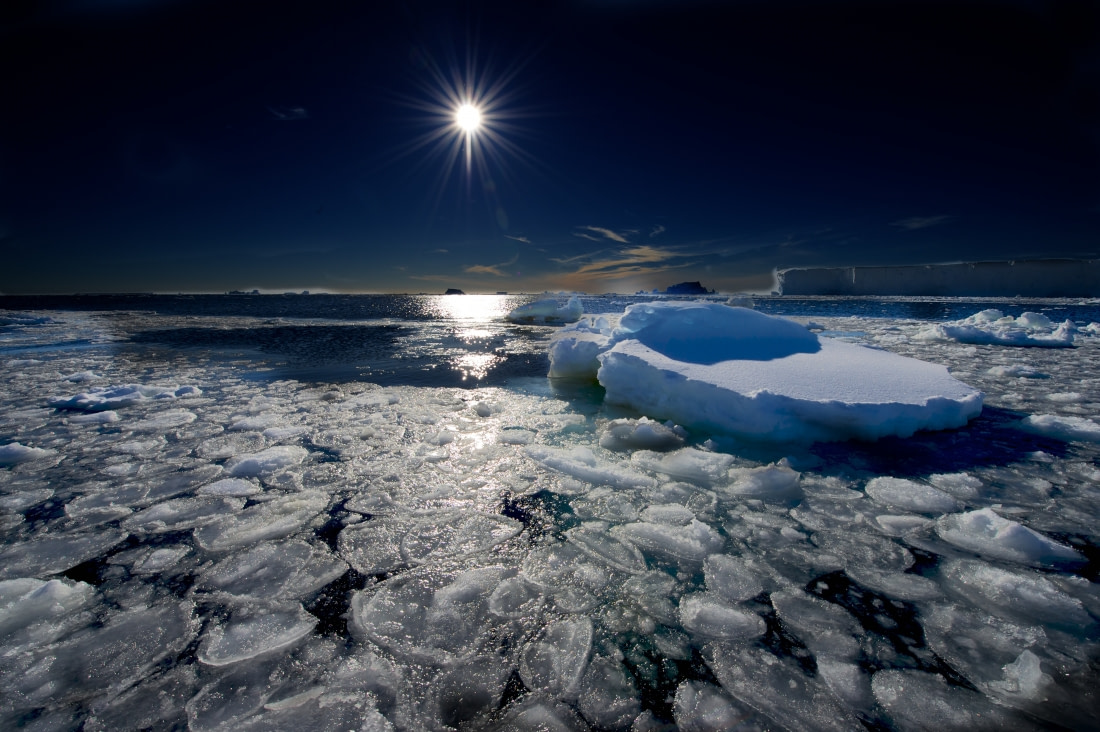
Pressure ice forms due to wind and water, creating pressure ridges that rise above the ice plane.
Rafting ice occurs when one body of ice climbs on top of another, like a turtle mounting another turtle.
Rotten ice is melting or disintegrating ice that looks like a honeycomb due to water or air between the ice particles.
Sastrugi are ridges further shaped by the wind.
Sea ice forms on the sea and surrounds a body of land.
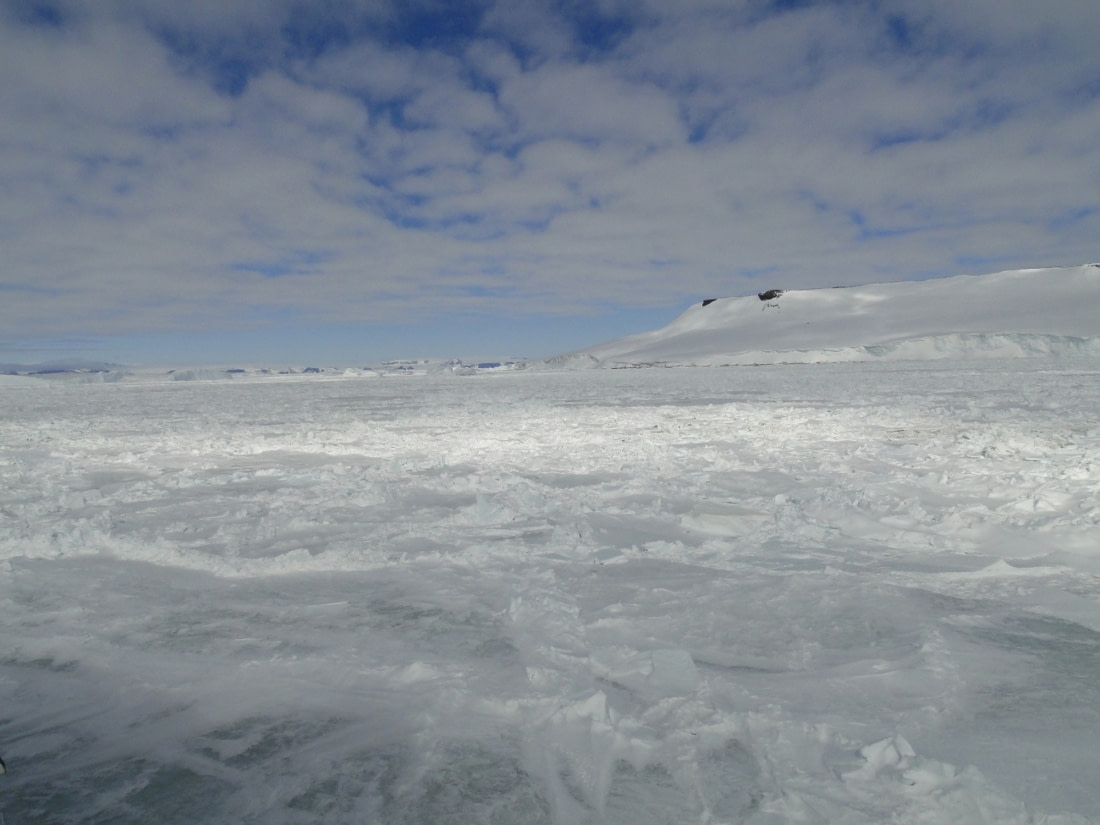
Shuga refers to lumps of true ice forming out of grease ice.
Sludge or slush ice is a denser form of frazil ice, on its way to becoming true ice.
A glacier's snout is its terminus, where the glacier ends.
Stranded ice is ice left behind when the water beneath it recedes.
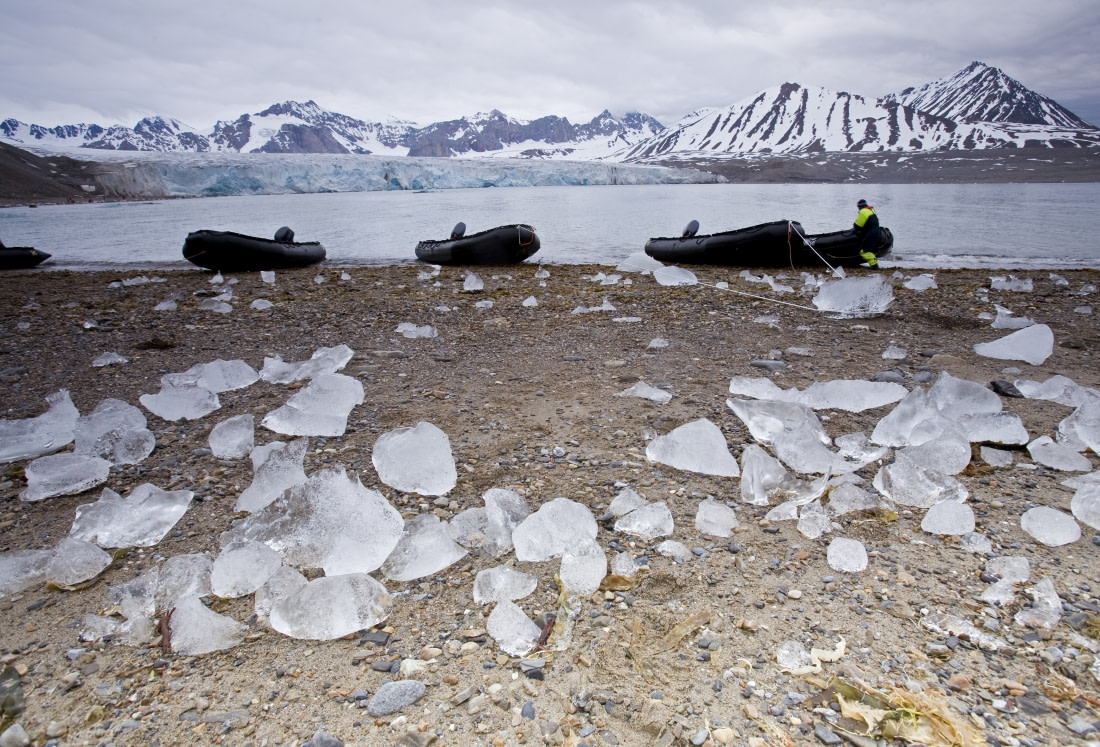
Water sky is similar to ice blink but involves light reflecting off darker-colored water, creating a dark area on the clouds.
Blog


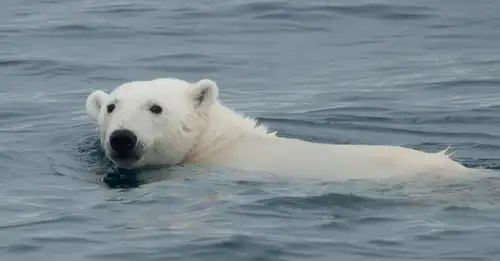
Polar Bear Sets Impressive New Diving Record
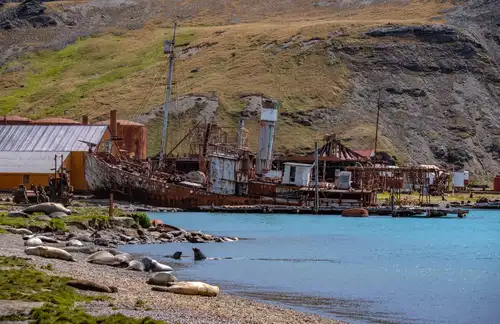
South Georgia Whaling Stations
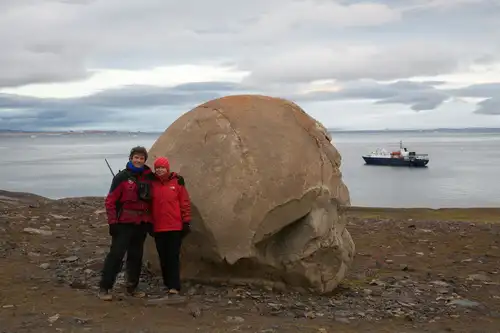
The Return to Franz Josef Land
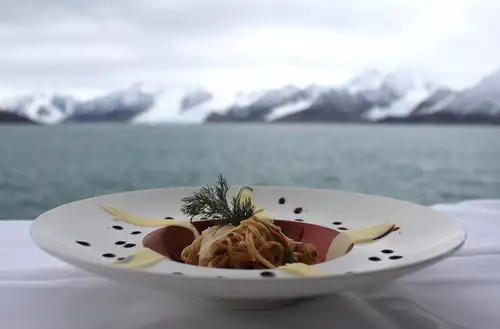
Polar Cuisine in Pictures

A visit to the fascinating island of Jan Mayen
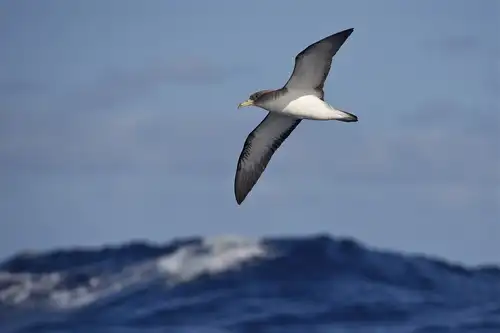
Islands of the Blessed: Things to Do Around Cape Verde
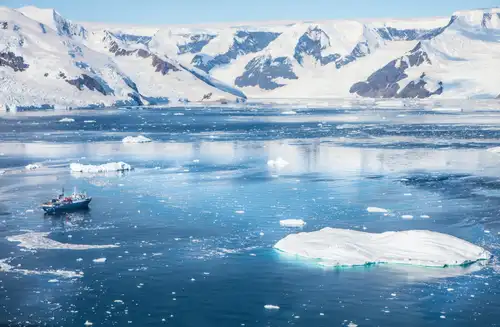
The first race to the South Pole in 50 years
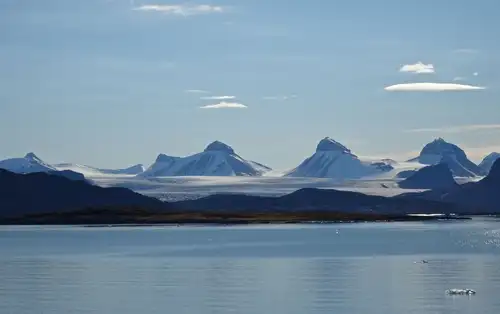
The Arctic Borderland of Kongsfjorden, Svalbard
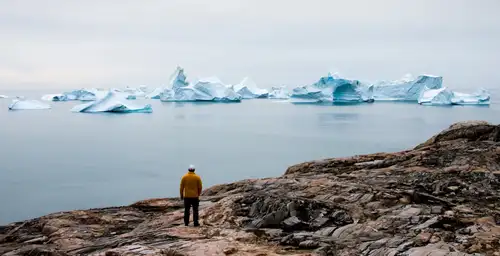
Tracking Greenland’s Wildlife from Space
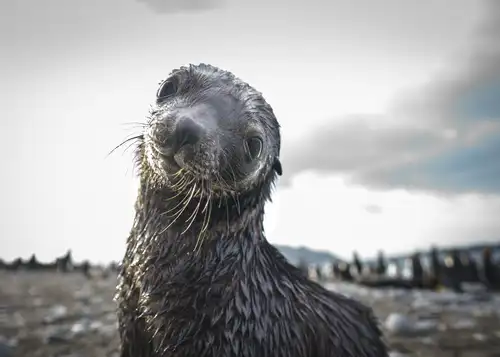
The secrets of Antarctic seals revealed
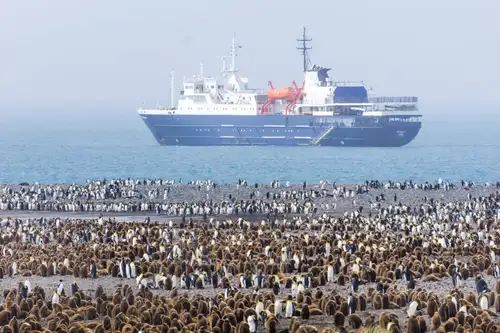
Three Antarctica Cruise Deals
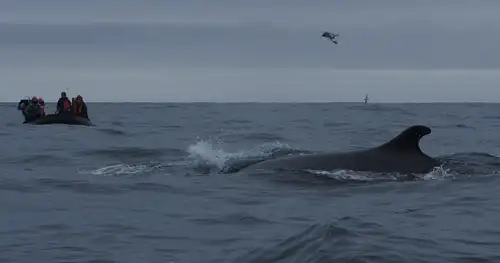
Of Treacherous Rocks & Audacious Fin Whales
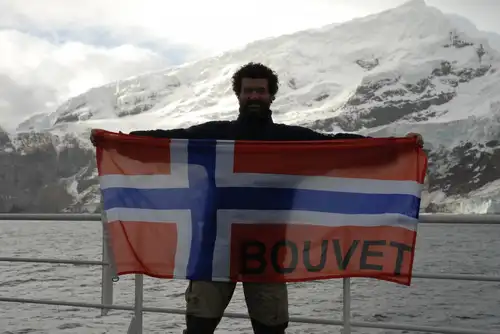
Bouvet Island: The Most Remote Island in the World
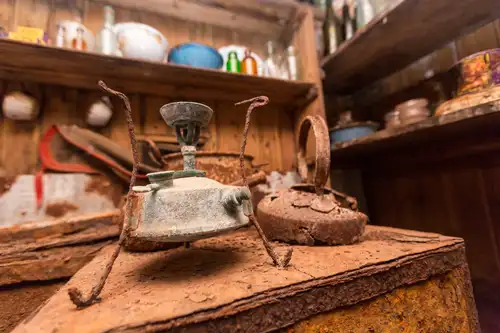
The First Overwintering Hut in Antarctica
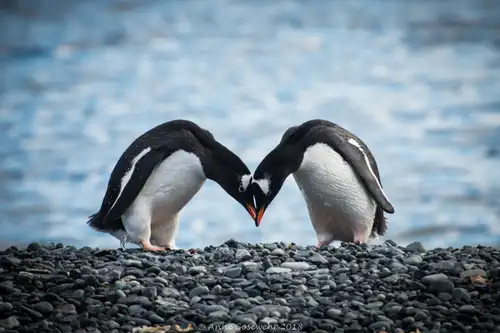
Polar Amore: 14 Wildlife Pics to Warm up Your Valentine’s Day
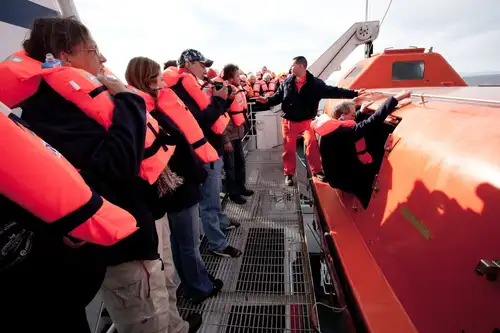
The Evolving Shipboard Eco-traveler
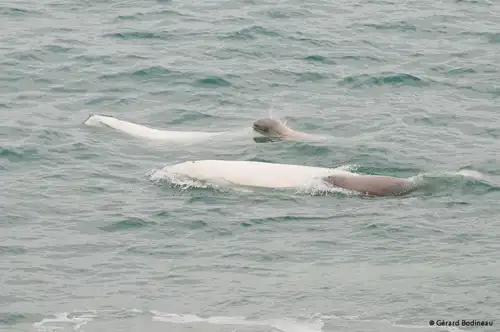
The Mysteries of the Beluga Whale
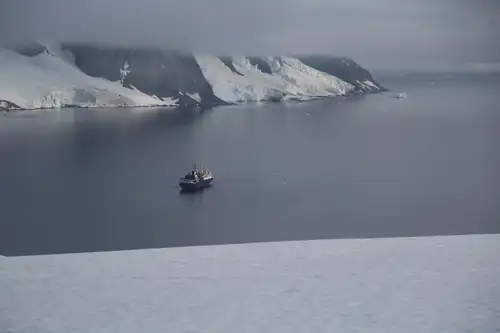
The Most Enchanting Antarctica Cruise Islands
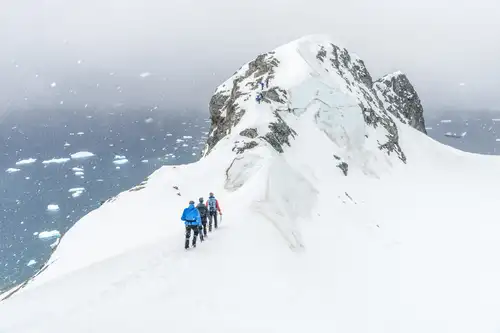
The Ins, Outs, and Ups of Polar Mountaineering & Ski Mountaineering
